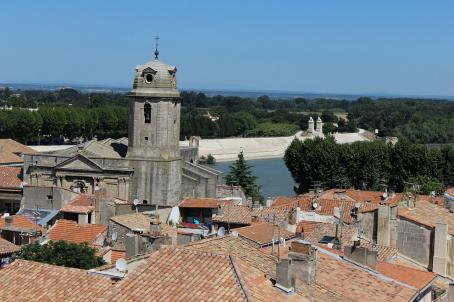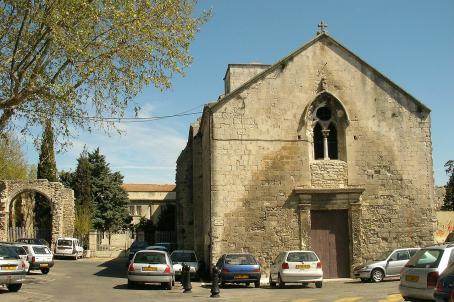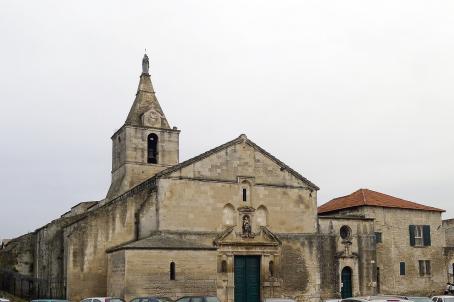Church of St. Trophime

Built in the 12th century, it is built on the site of an original 5th century basilica, called "Saint-Étienne"; a Gothic choir was added in the 15th century. Throughout its history, it has been the setting for several events, such as councils during the 5th century or the coronation of the Germanic Roman Emperor Frederick I Barbarossa by the Archbishop of Arles, Raimon de Bollène. Thanks to Prosper Mérimée, then second Inspector General of Historical Monuments, it was classified as a historic monument by the 18405 list. It is also listed as a UNESCO World Heritage Site under the Roman and Romanesque monuments of Arles since 1981.





